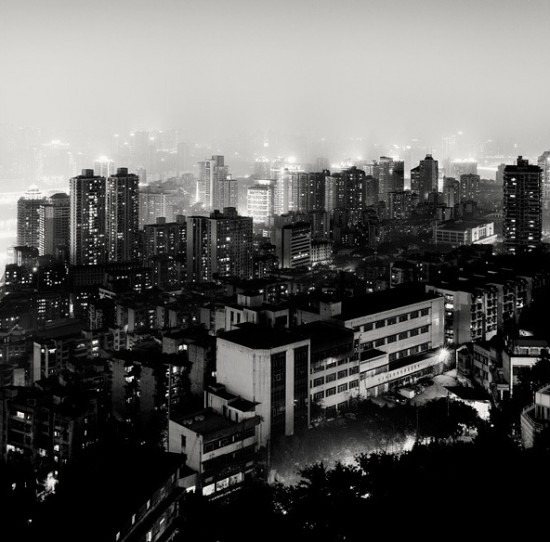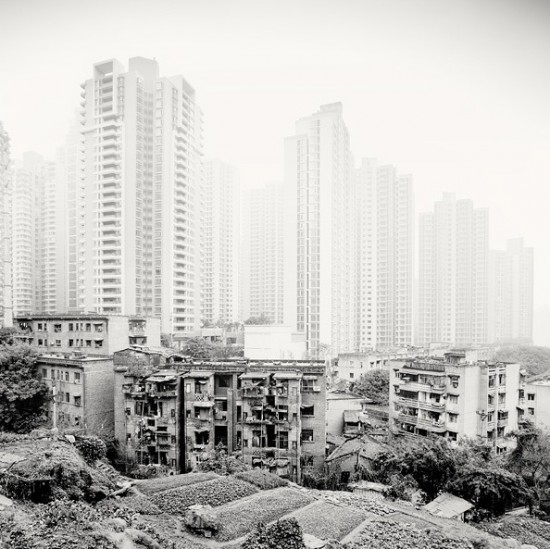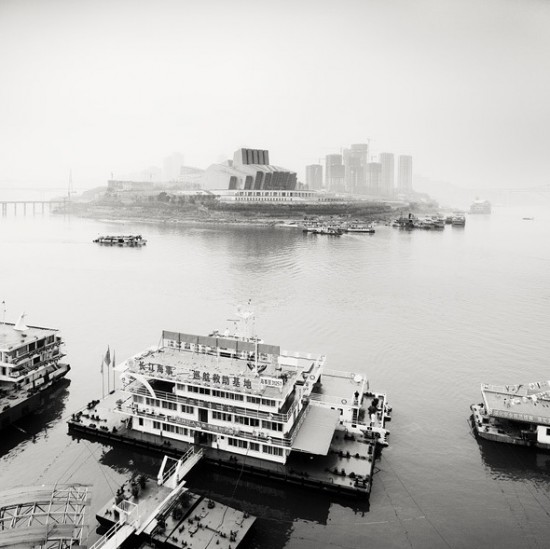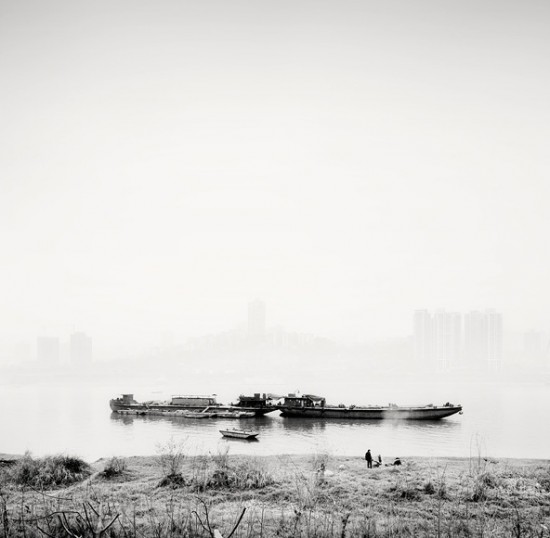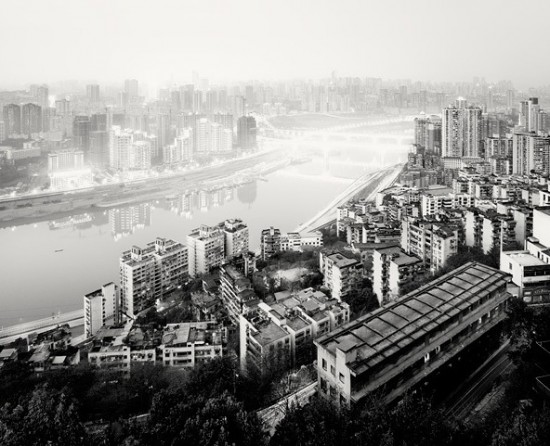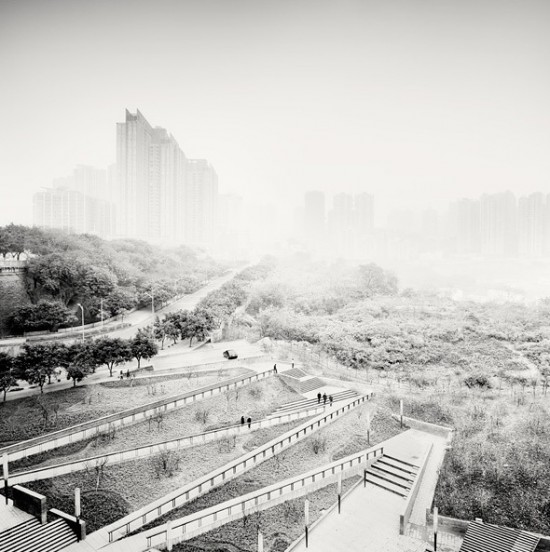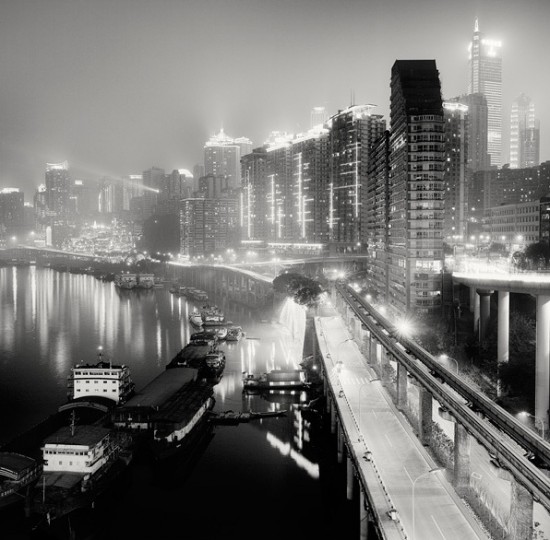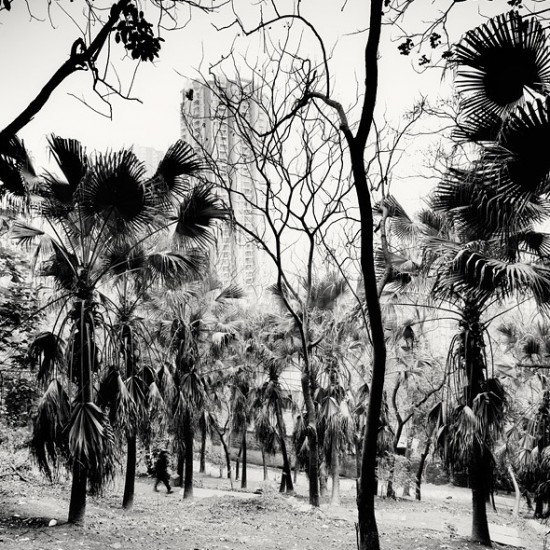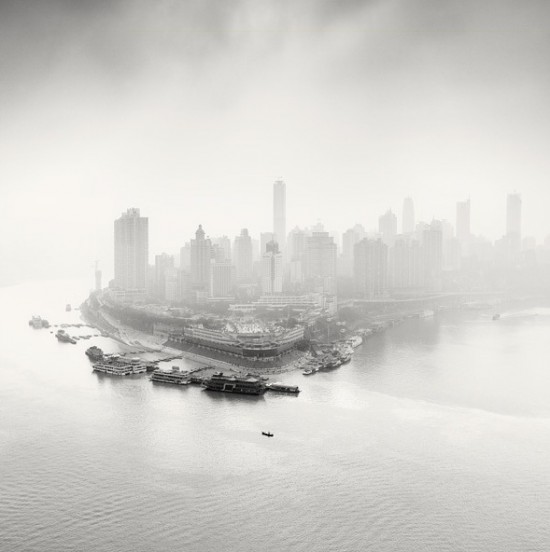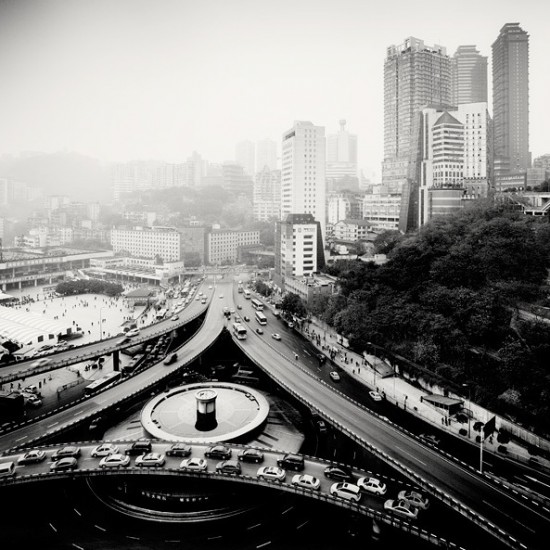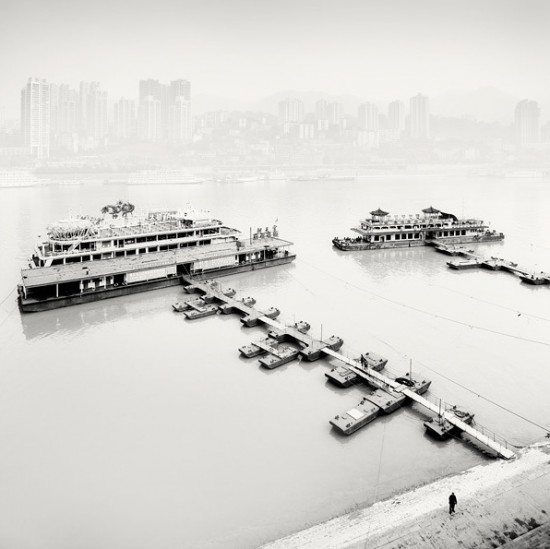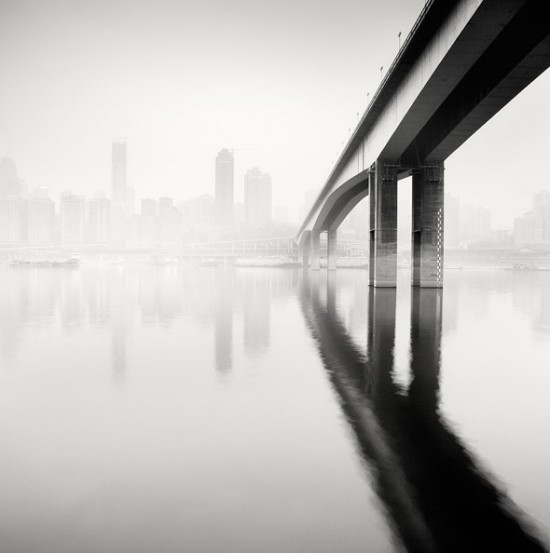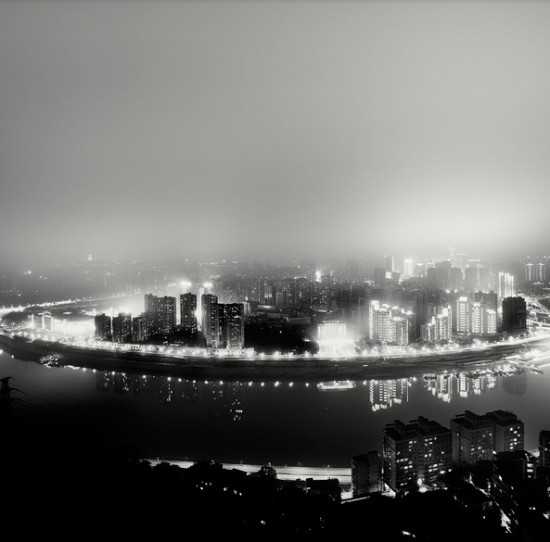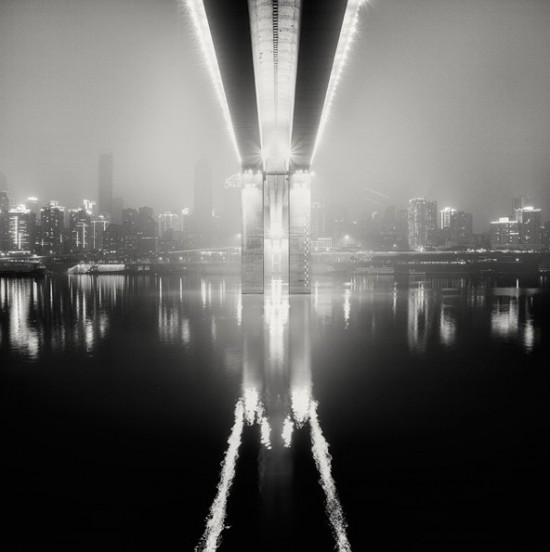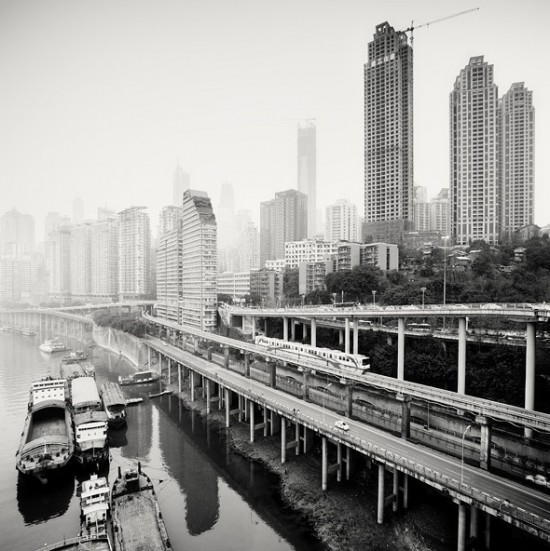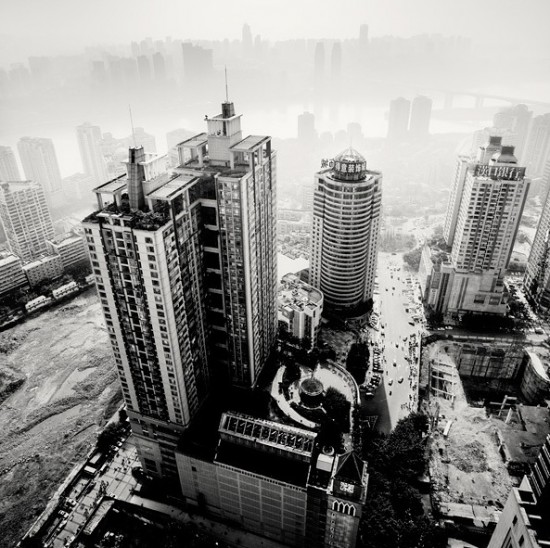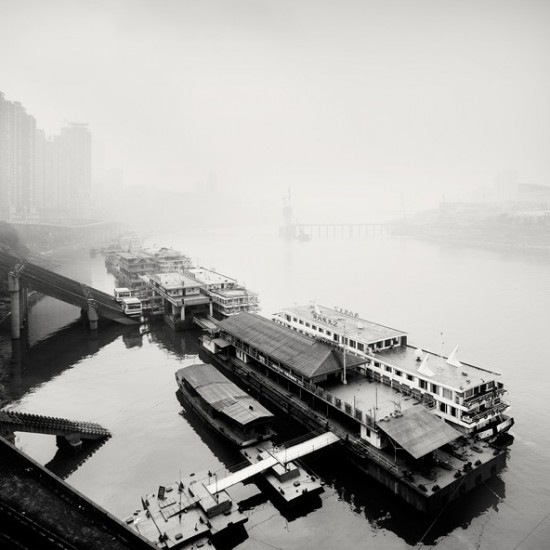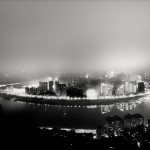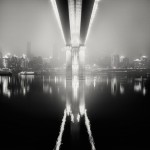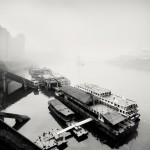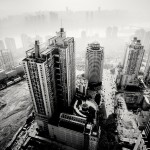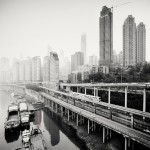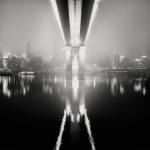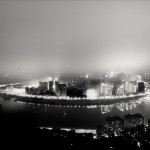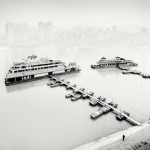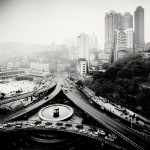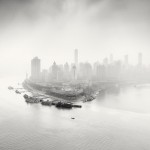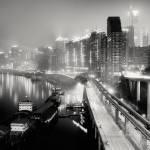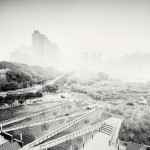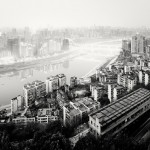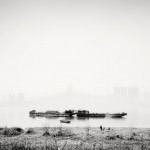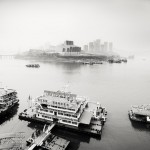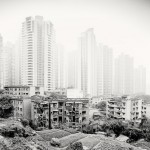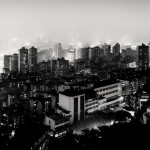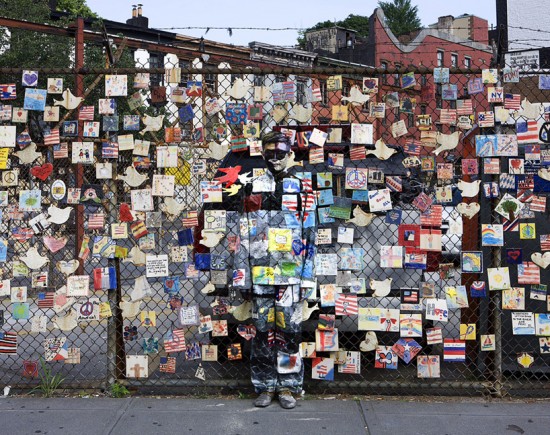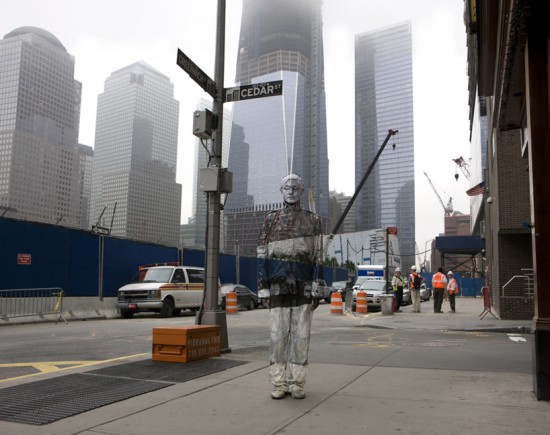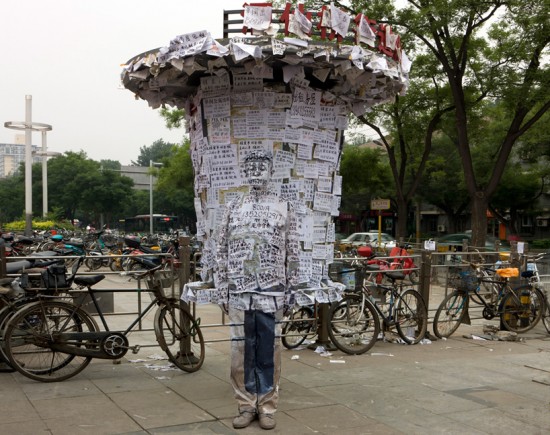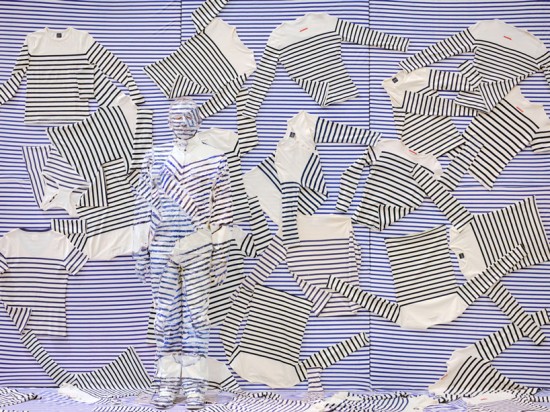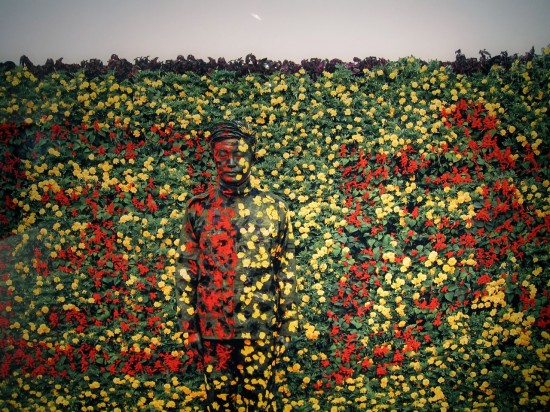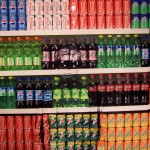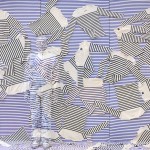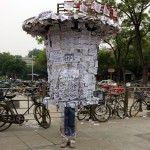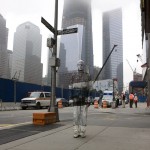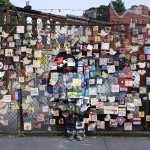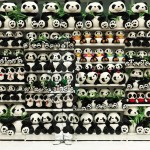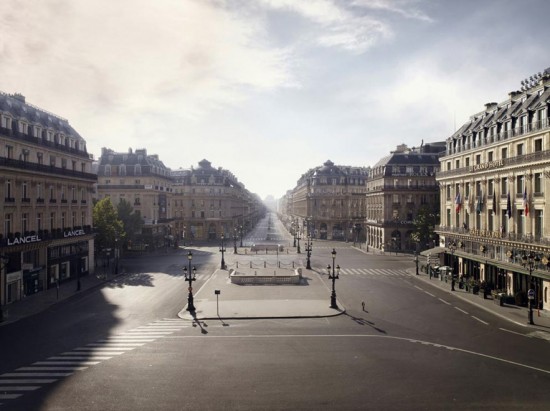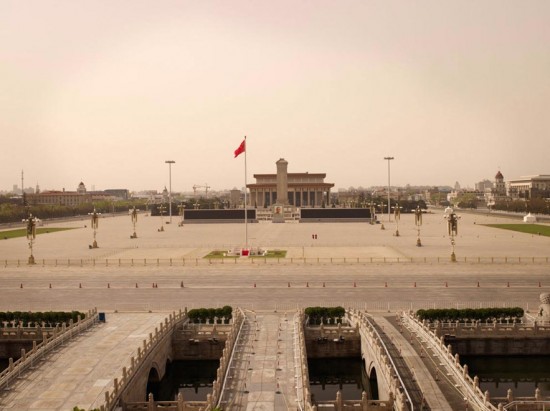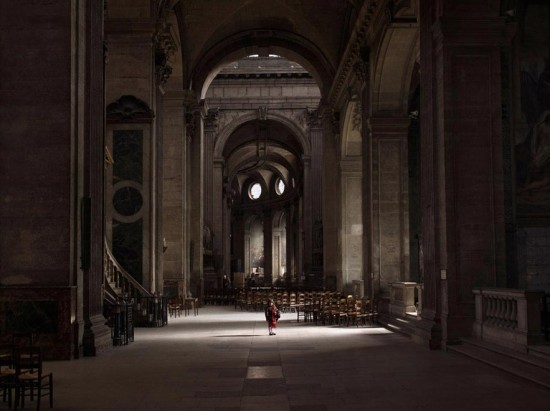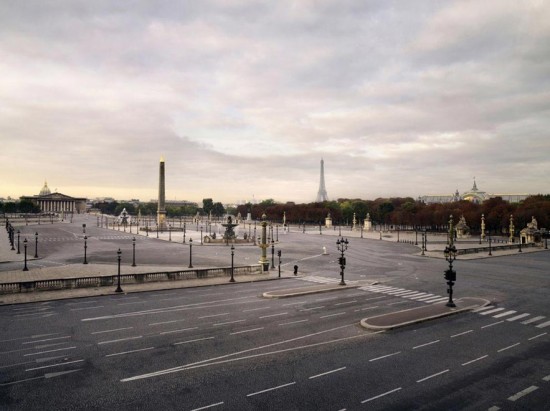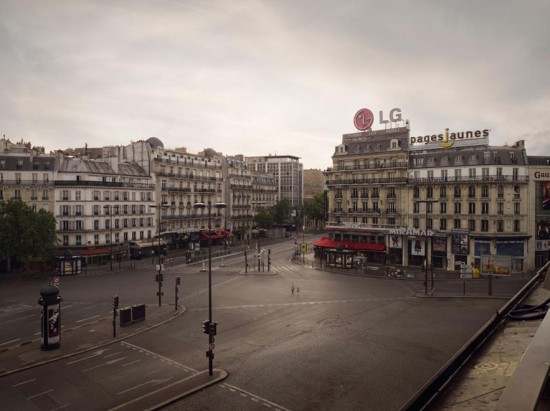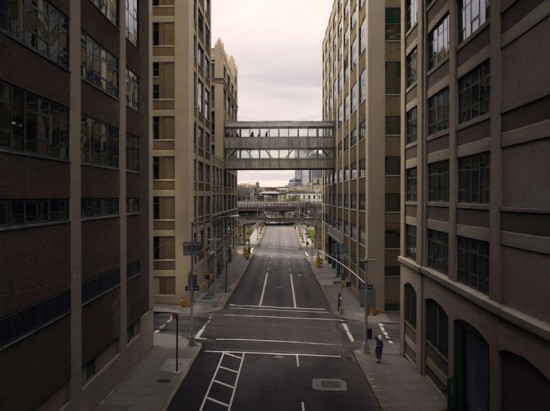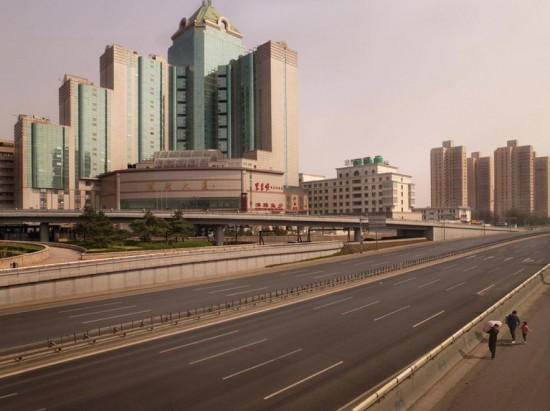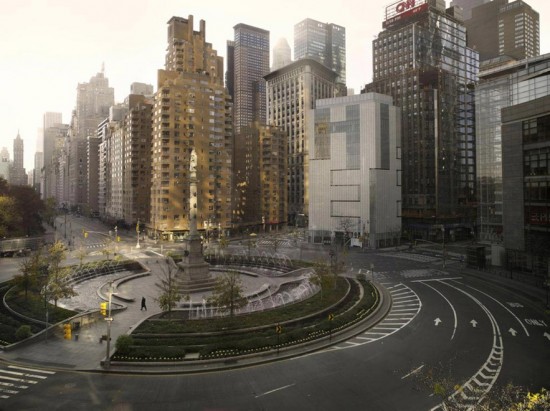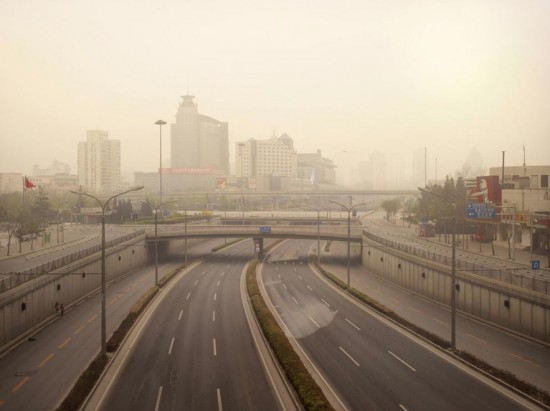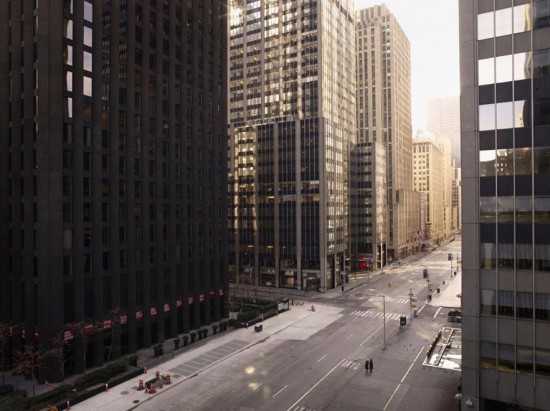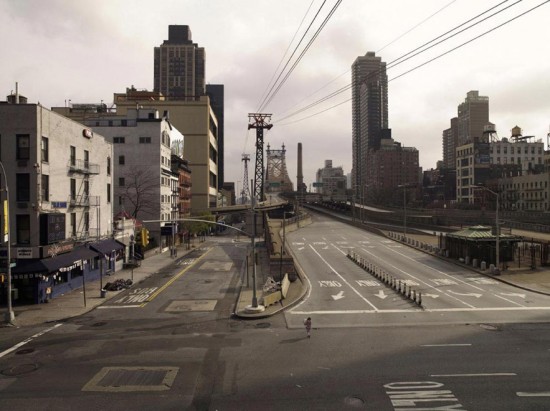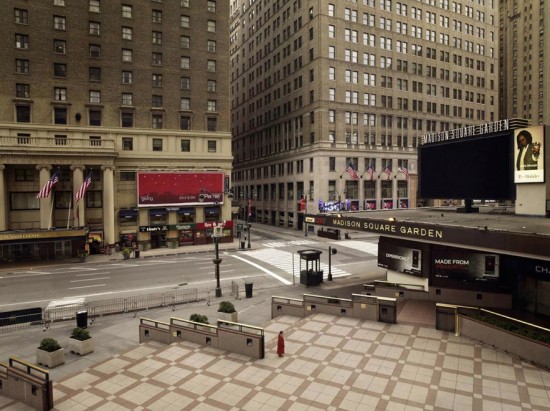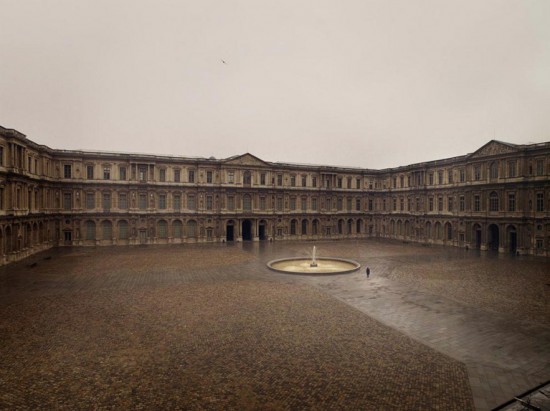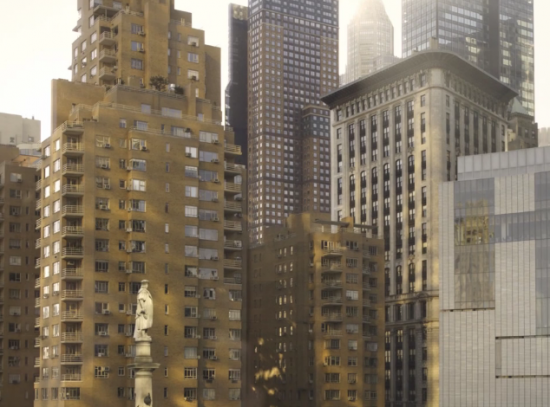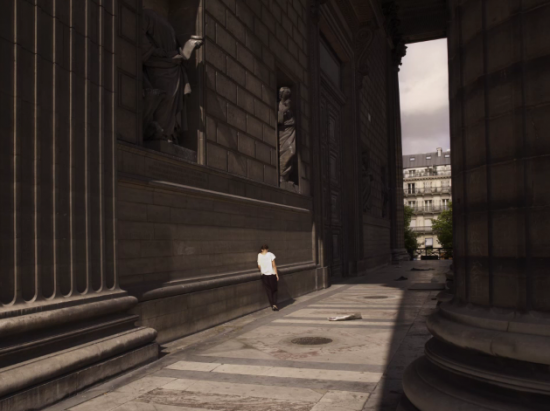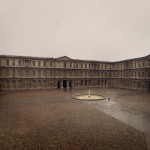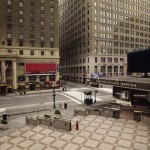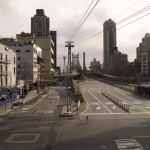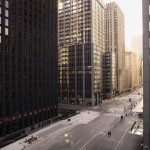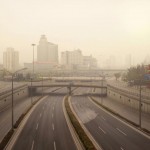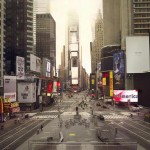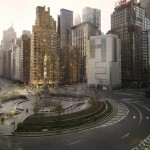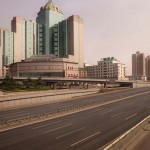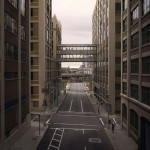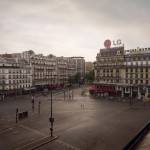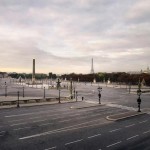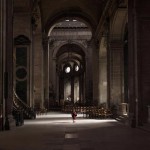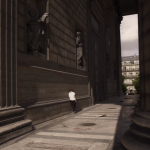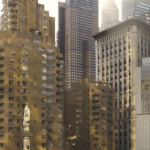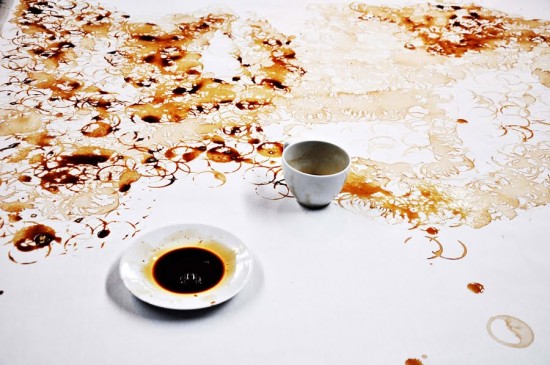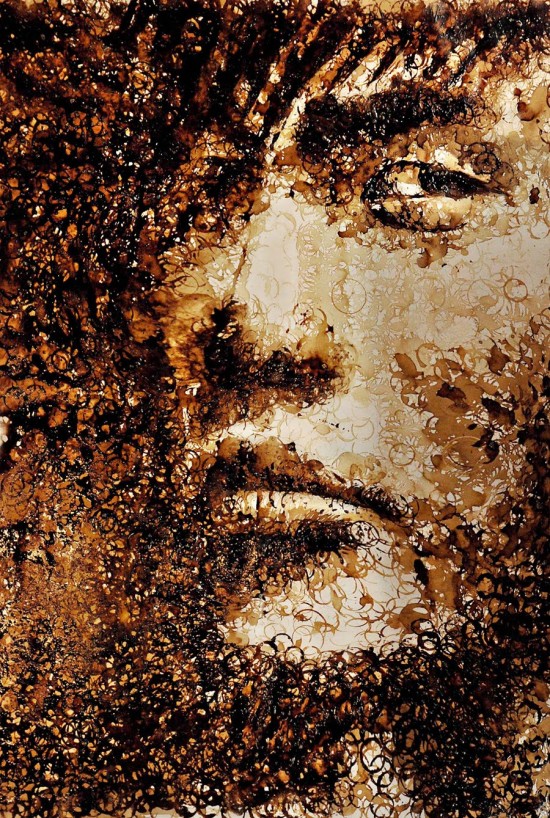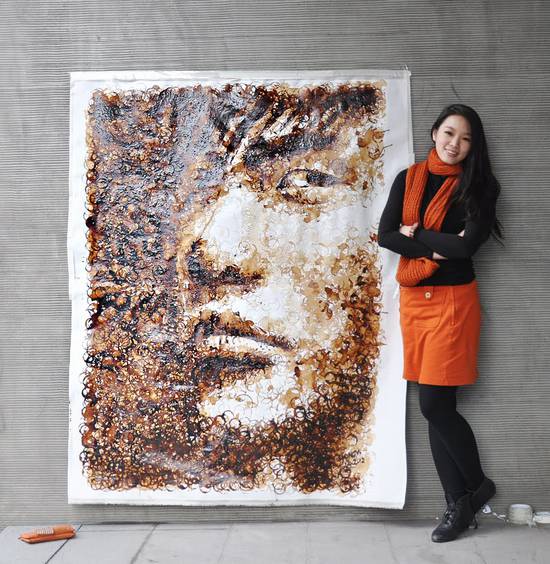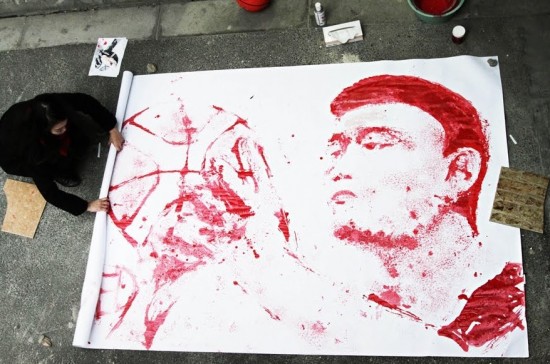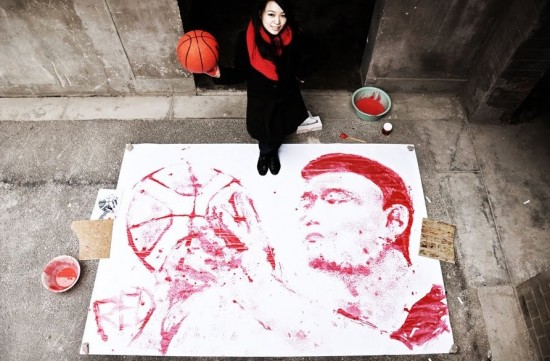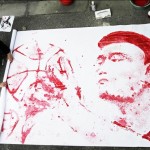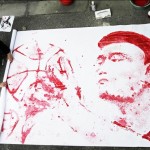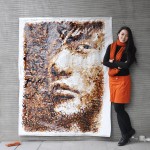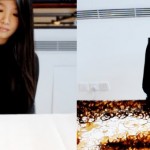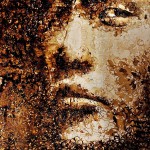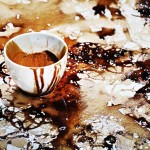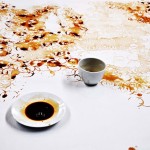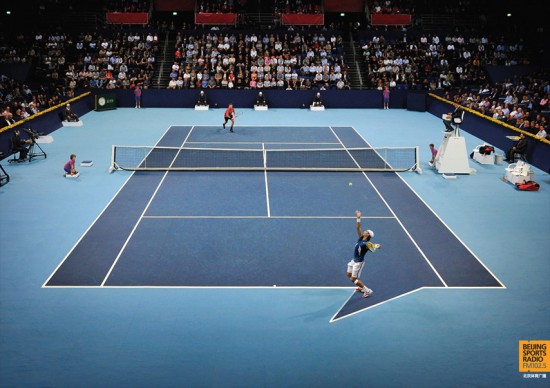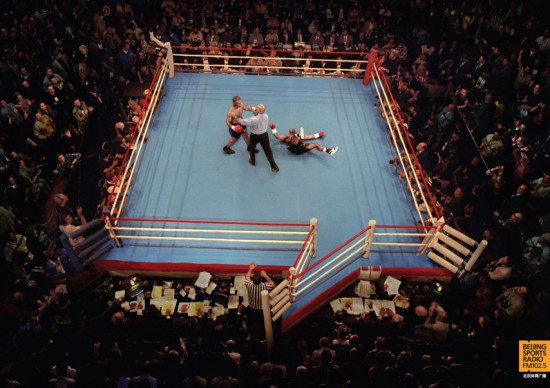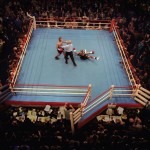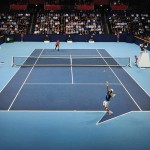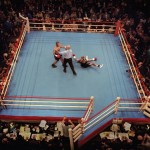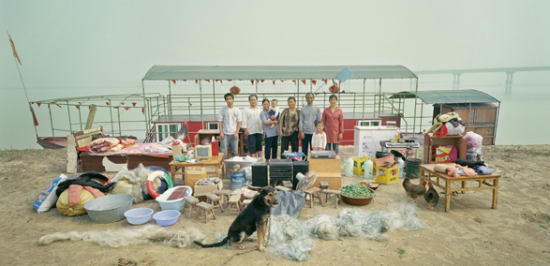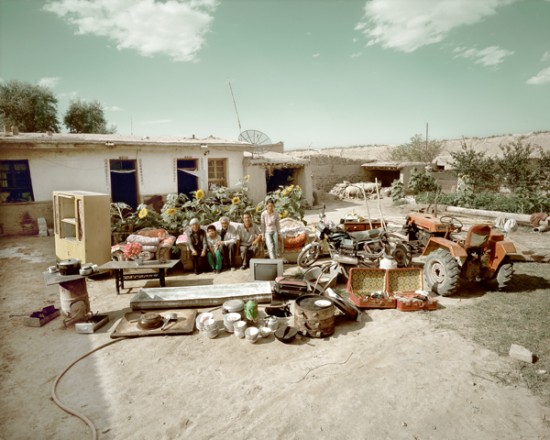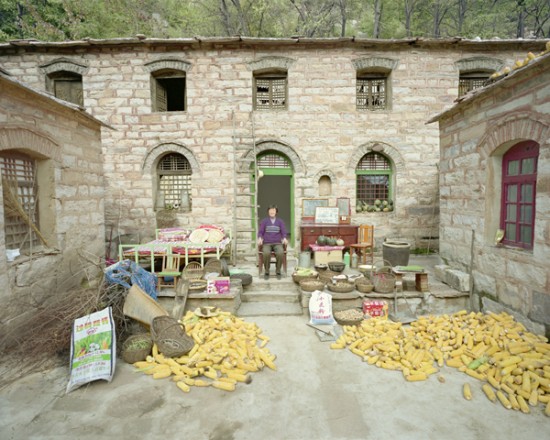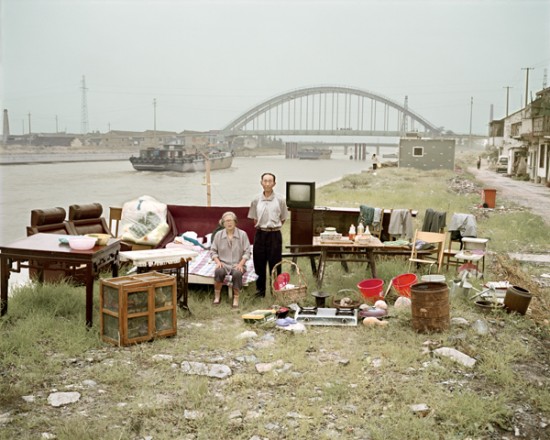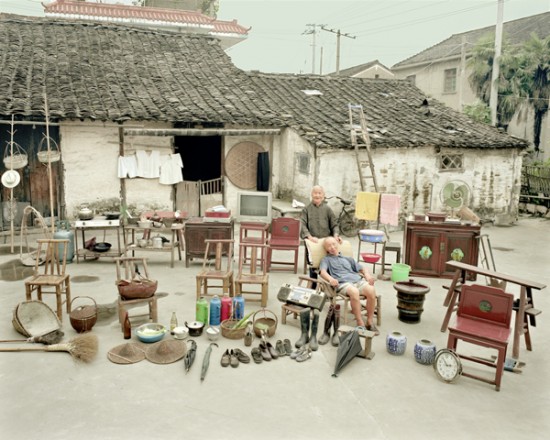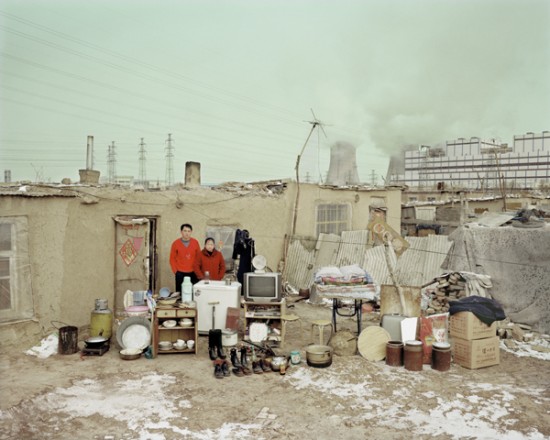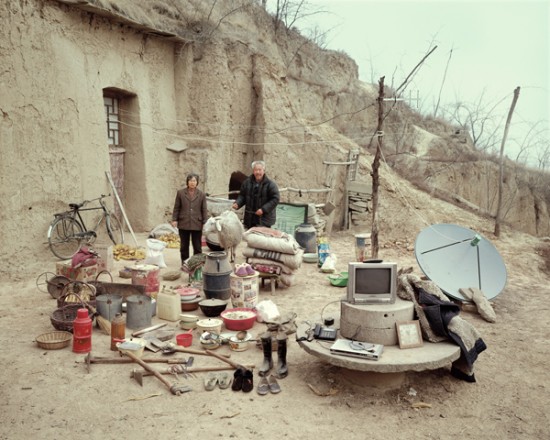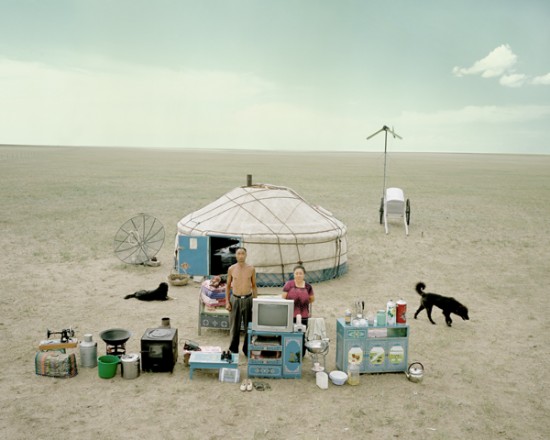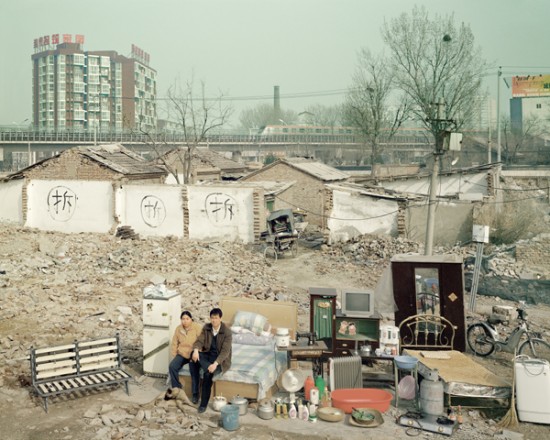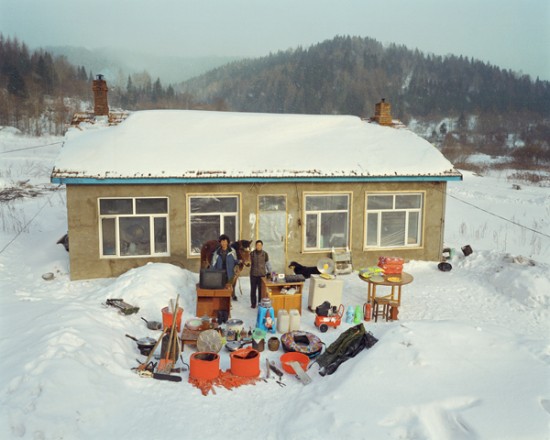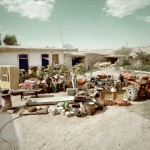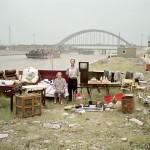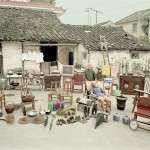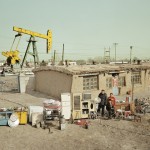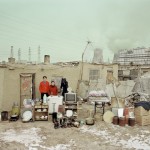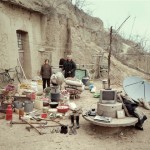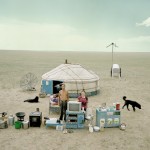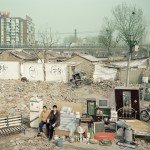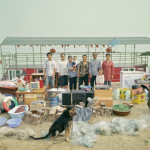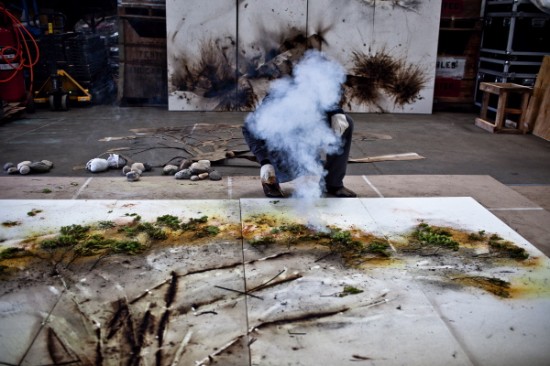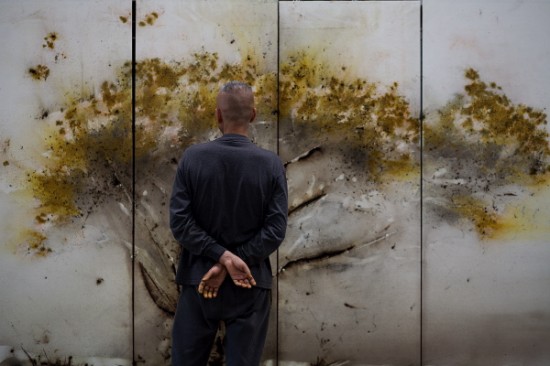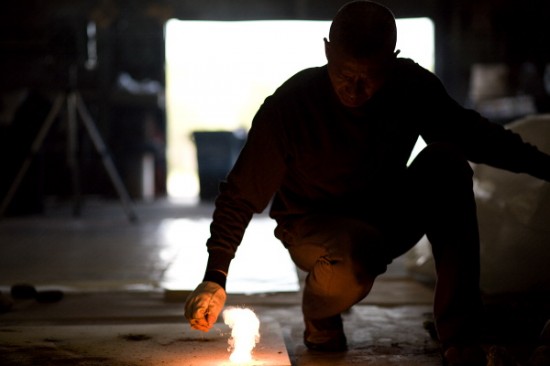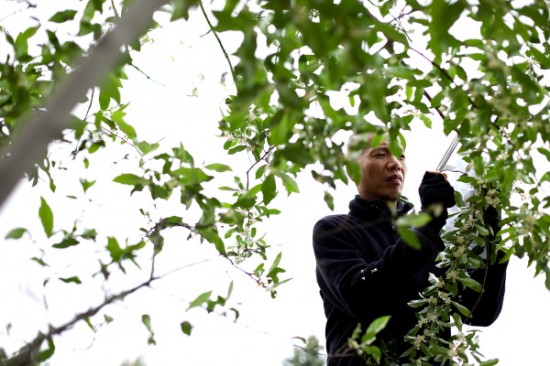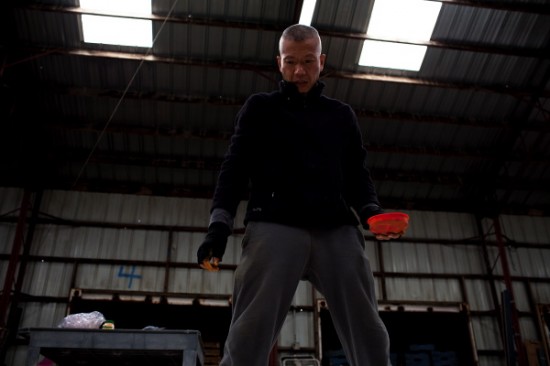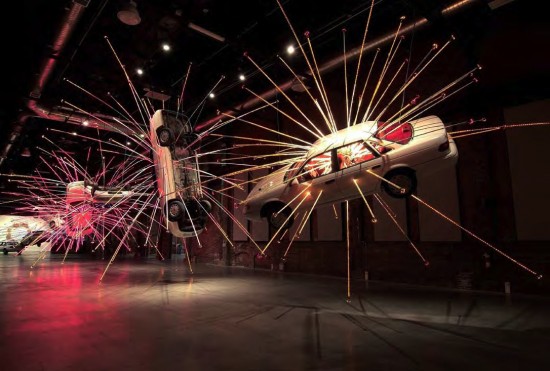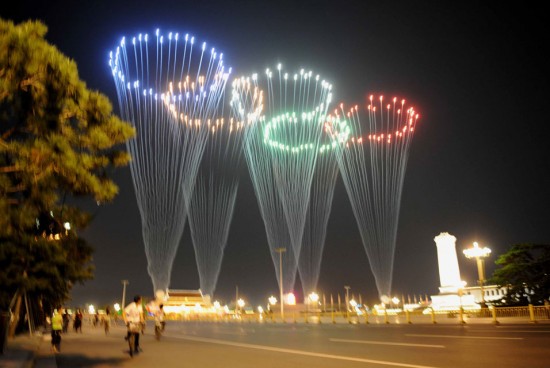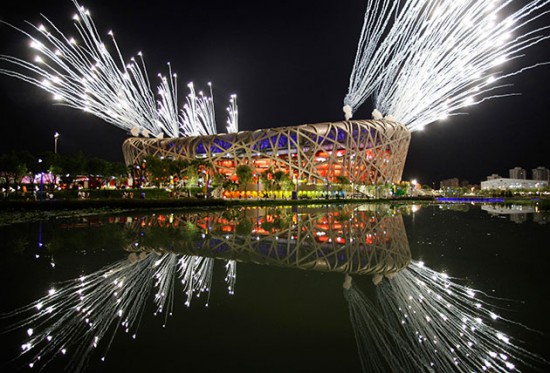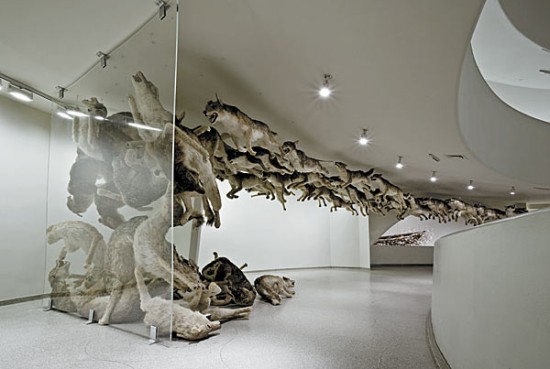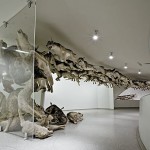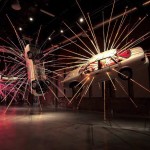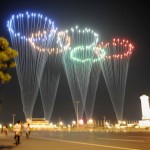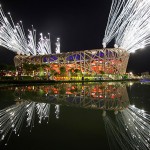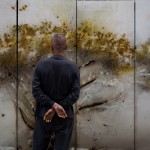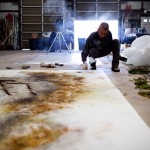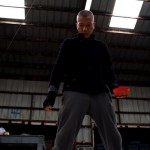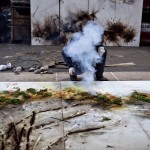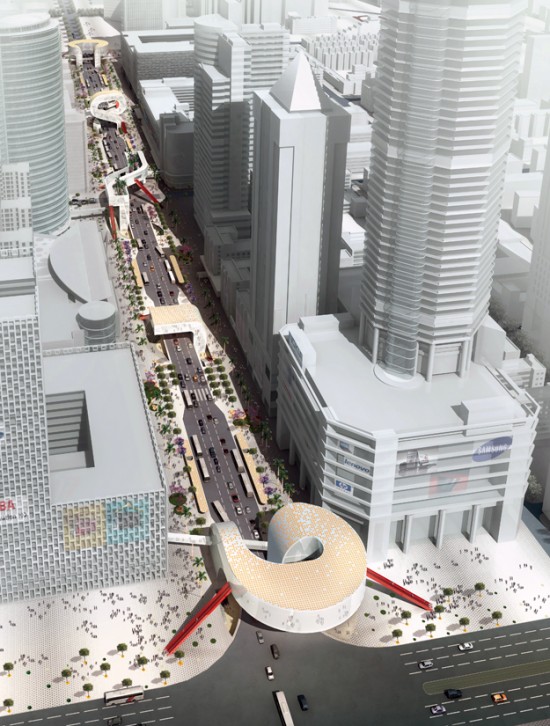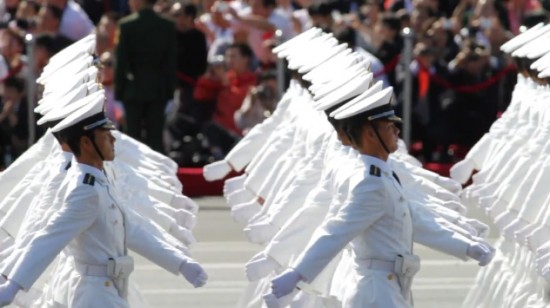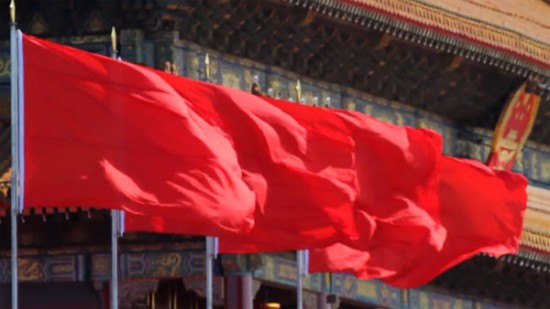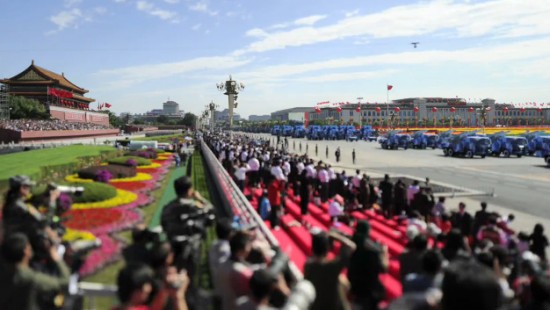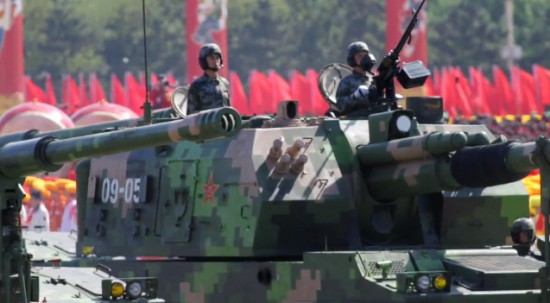It has become a truism in Chinese circles that the former Soviet Union spent itself into oblivion by being lured into a competition for military primacy. So rather than trying to match the USA’s military machine plane for plane and bomb for bomb, the Chinese approach is to go for an “asymmetrical” strategy of finding and exploiting the enemy’s soft spots. “Asymmetric warfare” has been voguish in Western military circles for a long time. It has traditionally been used to describe how terrorists can take on and defeat standing armies, in the same way that David took on Goliath. However, the Chinese have taken this debate far beyond the techniques of terrorism. Chinese intellectuals and military planners have created a cottage industry of devising strategies for defeating a “technologically superior opponent” (their preferred euphemism for the USA).
Every year, Chinese military spending goes up by over 10 percent (American intelligence estimates that the real figure is two to three times higher) to fulfill the country’s great-power aspirations. However, its military modernization – which has seen it building ships and submarines, buying fourth-generation combat aircraft and aiming 900 ballistic missiles at Taiwan – has not been about trying to copy or match the US military. The goal is, instead, to find cheaper ways of neutralizing the USA’s military advantage. Instead of rivalling the USA on its own ground, Beijing wants to play the Americans at a different game that Beijing can win.
For example, on Taiwan, rather than vainly seeking military supremacy of the Taiwan Strait, Beijing has sought to increase the price the USA would have to pay to defend the island in a war. Twenty years ago the USA could have adopted a purely defensive strategy by creating a shield around the island. As a result of China’s military modernization, this defensive strategy is now unsustainable. Now the USA would be put in the unenviable position of needing to attack mainland China to defend Taiwan.
China’s activities in space have followed a similar pattern. Beijing’s goal is not to launch a series of star wars against the USA. Instead, it has sought to undermine the US military doctrine by developing weapons which could destroy the satellites which provide so much of the USA’s military intelligence. Like Odysseus, who overcame the Cyclops by blinding him with a burning stake, Beijing’s audacious plan is to blind American troops by taking away their satellite intelligence. Beijing hopes, thereby, to make it impossible for the USA to get involved in a conflict over Taiwan or Japan.
The most interesting aspects of China’s attempt to become an asymmetric superpower are outside the realm of conventional military power. The most detailed explanation of this approach came in a book called Unrestricted Warfare, which shot onto the Chinese bestseller lists in 2001. This book, written by two People’s Liberation Army colonels, attracted attention only among specialists when it was first published in 1999. After Osama bin Laden’s attack on the World Trade Center, however, its thesis seemed visionary. It argues that the American obsession with military hardware is the country’s greatest weakness, blinding its policy-makers to the wider picture of military strategy, which must include the use of economic, legal and political weapons as well. The book sets out a series of strategies for “non-military warfare” arguing that “soldiers do not have the monopoly of war.”
Top of their list is “economic warfare.” Referring to the Asian financial crisis of 1997, the authors speak with awe about the power of international financiers like George Soros to undermine the economies of the so-called Asian Tigers: “Economic prosperity that once excited the constant admiration of the Western world changed to a depression, like the leaves of a tree that are blown away in a single night by the autumn wind.” If a lone individual like Soros could unleash so much destruction simply for profit, how much damage could a proud nation like China inflict on the USA with its trillion dollars of foreign reserves?
Another possibility is “super-terrorism.” In a prescient passage, the authors predicted attacks like Osama bin Laden’s on the World Trade Center two years before they took place. They correctly foresaw that the response of the USA to the attacks would be more damaging to the country’s security than the attacks themselves: “it often makes an adversary which uses conventional forces and conventional measures as its main combat strength look like a big elephant charging into a china shop. It is at a loss as to what to do, and unable to make use of the power it has.”
The most interesting thesis is the idea that China could use international law as a weapon, or “lawfare” for short. The authors argue that citizens of democracies increasingly demand that their countries uphold international rules, particularly ones that govern human rights and the conduct of war. Governments are, therefore, constrained by regional or worldwide organizations, such as the European Union, ASEAN, the International Monetary Fund, the World Bank, the WTO and the United Nations. The authors argue that China should copy the European model of using international law to pin down the USA: “there are far-sighted big powers which have clearly already begun to borrow the power of supra-national, multinational, and non-state players to redouble and expand their own influence.” They think that China could turn the United Nations and regional organizations into an amplifier of the Chinese worldview – discouraging the USA from using its might in campaigns like the Iraq War.
DEFT MOVES AT THE UN
The United Nations is becoming a powerful amplifier of the Chinese worldview. Unlike Russia, which comports itself with a swagger – enjoying its ability to overtly frustrate US and EU plans – China tends to opt for a conciliatory posture. It is prepared to veto things when it has to, but it prefers to hide behind others, and block things without getting the blame. In the run-up to the Iraq War, although China opposed military action, it allowed France, Germany and Russia to lead the international opposition to it. In 2005 when there was a debate about enlarging the United Nations Security Council, China encouraged African countries to demand their own seat with a veto which effectively killed off Japan’s bid for a permanent Security Council seat. Equally, Beijing has been willing to allow the Organization of Islamic States to take the lead in weakening the new Human Rights Council. This subtle diplomacy has been devastatingly effective – contributing to a massive fall in US influence: in 1995 the USA won 50.6 percent of the votes in the United Nations general assembly; by 2006, the figure had fallen to just 23.6 percent. On human rights, the results are even more dramatic: China’s win-rate has rocketed from 43 percent to 82 percent, while the USA’s has tumbled from 57 per cent to 22 percent. The New York Times’ UN correspondent James Traub has detected a paradigm shift in the United Nations’ operations: “it’s a truism that the Security Council can function only insofar as the United States lets it. The adage may soon be applied to China as well.” Traub may be right. China’s capacity to influence the United Nations is increasing, and soon we may be complaining about Chinese behavior on big policy issues, rather than saying “if only the USA would act differently.”
 Post originalmente publicado no Brainstorm #9
Post originalmente publicado no Brainstorm #9
